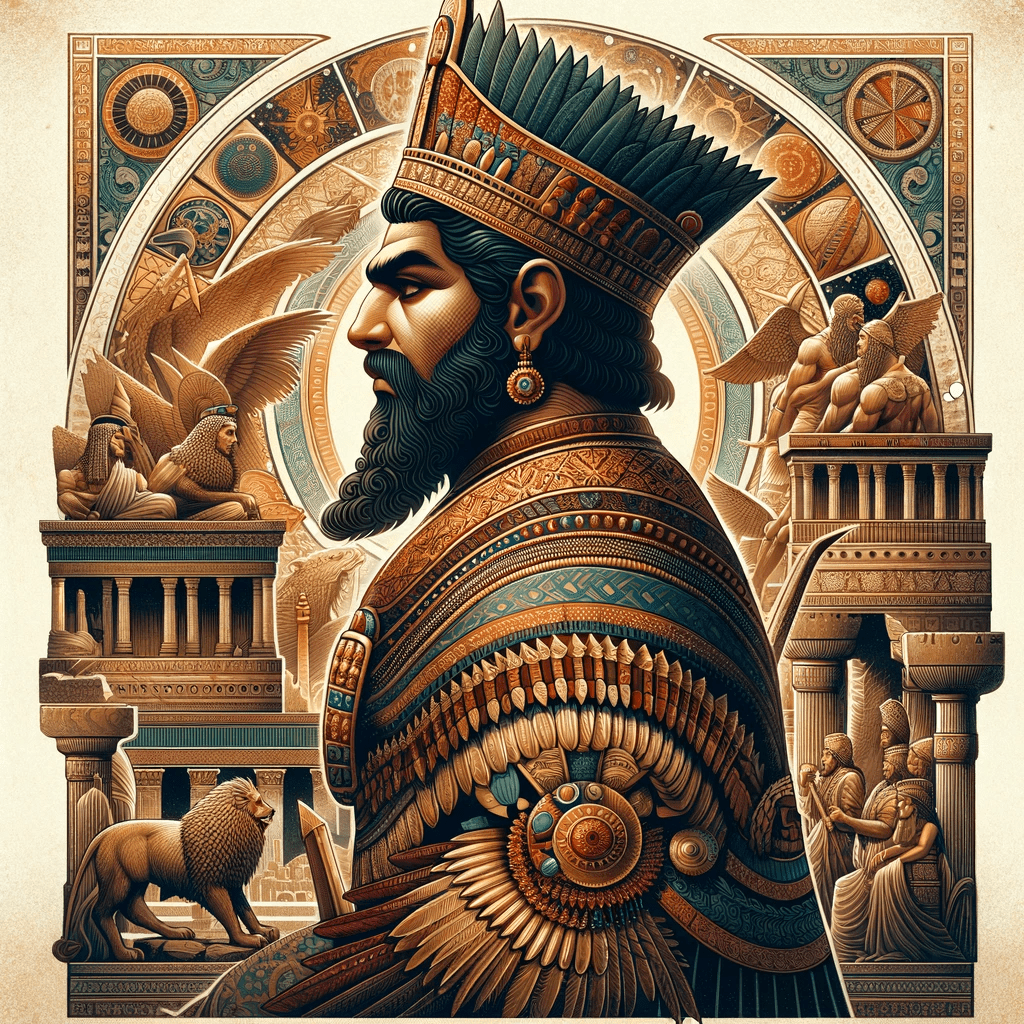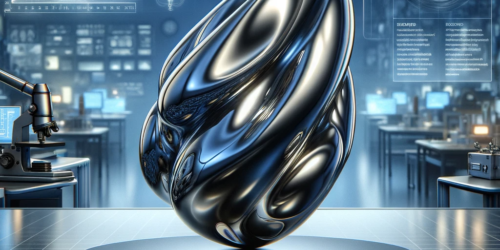King Gilgamesh

The allure of ancient myths collides with the rigor of archaeological discovery in the purported finding of King Gilgamesh’s tomb by German archaeologists. This event, more than just an archaeological milestone, bridges the gap between legend and history, breathing life into the enduring narrative of one of antiquity’s most revered figures. Gilgamesh, a name that resonates with the echoes of ancient Mesopotamian grandeur, emerges from the realms of myth into the annals of potential historical reality with this discovery.
German archaeologists found the tomb of the mythical King Gilgamesh. This is indeed rooted in a real event. In early 2003, a German-led expedition in Iraq discovered what they believed to be the entire city of Uruk, which includes the site of Gilgamesh’s tomb. This discovery is significant because Gilgamesh is a central figure in ancient Mesopotamian mythology, particularly known as the protagonist of the Epic of Gilgamesh, an epic poem written in Akkadian during the late 2nd millennium BC. Gilgamesh was possibly a historical king of the Sumerian city-state of Uruk, and his rule is estimated to have taken place around 2900 – 2350 BC.
The Epic of Gilgamesh does include fantastical elements, such as Gilgamesh’s superhuman strength and his adventures with the wild man Enkidu, including battles against mythical creatures like Humbaba and the Bull of Heaven.
The timing of the Iraq invasion, which occurred in March 2003, was after the reported discovery of Gilgamesh’s tomb.
What was the fate of Gilgamesh’s body after the supposed discovery of his tomb?
The Ancient Astronaut Theory serves as a primary theoretical framework linking ancient civilizations, like the Sumerians, to extraterrestrial beings. Advocates of this theory posit that many ancient myths and legends, including those surrounding King Gilgamesh, might originate from historical interactions between humans and alien visitors. These “ancient astronauts” are theorized to have been perceived as gods or divine entities, owing to their advanced technological prowess.
Diving into specifics, some proponents of the Ancient Astronaut Theory hypothesize that the epic tales of Gilgamesh might actually represent encounters with extraterrestrial beings. Within this perspective, the divine beings or mythical monsters depicted in these stories could be reinterpreted as alien entities.
A significant area of speculation within this theory is the portrayal of advanced technology in ancient myths and artifacts. Some theorists argue that certain aspects of Sumerian art or the narratives in the Epic of Gilgamesh might be symbolic representations of advanced technology, potentially of extraterrestrial origin. This interpretation draws parallels to the modern descriptions of UFOs and alien technology in reported sightings.
Additionally, there are theories that explore the symbolic and mythological connections between ancient Sumerian symbols or narratives and contemporary UFO phenomena. These theories propose a continuous thread of extraterrestrial influence running through human history, suggesting a long-standing interaction between human civilization and otherworldly beings.
The Holloman AFB UFO Landing Incident (1971) and the legend of King Gilgamesh, while vastly different in nature and historical context, share a curious and intriguing visual similarity: both involve figures traditionally depicted with staffs. In the case of the Holloman AFB incident, as per UFO lore, the extraterrestrials that allegedly landed and interacted with humans are sometimes artistically represented holding staff-like objects, which are often interpreted as symbols of authority or technological advancement. Similarly, King Gilgamesh, a legendary figure from ancient Mesopotamian mythology known from the “Epic of Gilgamesh,” is often depicted in ancient art and literature as carrying a staff or a similar object, symbolizing his status as a powerful and divine ruler.
The discovery of what is believed to be King Gilgamesh’s tomb stands as a poignant reminder of the intertwined nature of myth and history. While it anchors a legendary figure in the tangible reality of our world, it also opens avenues for theories, such as the Ancient Astronaut Theory, which attempts to draw parallels between ancient myths and modern extraterrestrial lore. This intersection of archaeology, mythology, and speculative theories enriches our understanding of the past, offering a multifaceted perspective on historical narratives.



